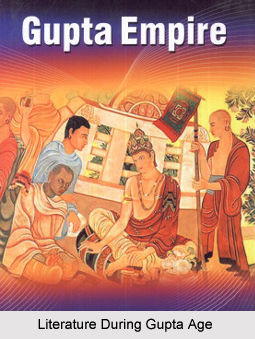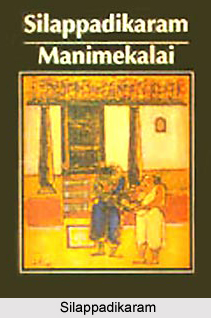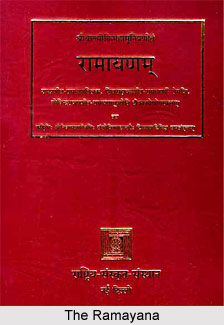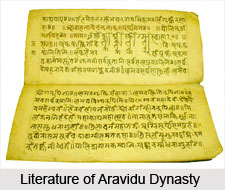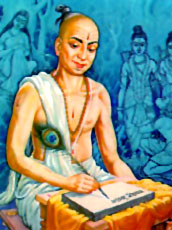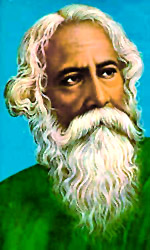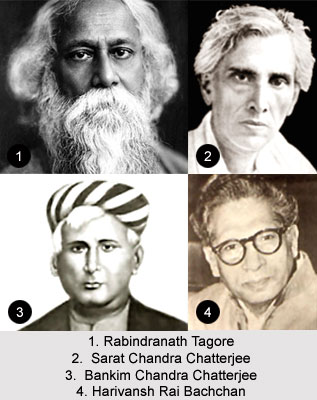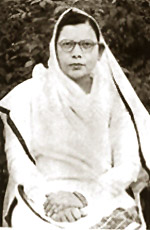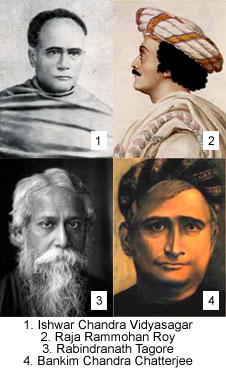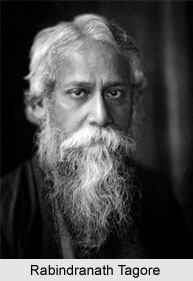Works of Madhavedeva portray his genius, and his creative lineage that he borrowed as natural continuity from his master and guise Sankaradeva. Madhavadeva, the favourite disciple of Sankaradeva, blazed across the literary firmament of Assam. His physical body envisaged its budding in 1492 at Lete-kuphkhuri in Lakhimpur. Originally he was a Sakta, but as he came in contact with Sahkaradeva, the latter completely won him over to his cult. From then Madhavadeva became Sahkaradeva`s shadow, his most accomplished and faithful follower. The Vaisnavite movement gained a great impetus by his conversion, for in him was a remarkable force of intellect and strength of character, imperative requisites for a great social and religious-reformer. A master of the traditional learning of the time, he was also a mellifluous singer. Almost against the wishes of Sankaradeva Madhavadeva remained a celibate throughout his life, and his ideal brought into being a monastic order called Kewaliyas (Life-celibates). In fact Madhavadeva is regarded as the real founder of the Satra institution, for he placed it on a firmer footing and introduced a very rigorous and disciplined monastic code. Further, he advocated complete allegiance to his guru Sahkaradeva, and enjoined the vow of chastity and poverty. After Sahkaradeva`s death, when the apostolic mantle fell on him, the rigorous monastic life strictly enjoined by Madhavadeva on all Aryas and disciples became a cause of rift.
Compositions of Madhavedeva
First literary work of Madhavadeva as account speaks is the Janmarahasya, a poetry in visual movement versified on the creation and destruction of the world based on the Puranic theory. His next work is versification of the Bhakti-Ratnavali of Visnupuri Sanyasi. This important book on the Bhakti cult was rendered into Assamese verse by Madhavadeva at the direction of his master, Sankaradeva, and in his translation the author borrowed materials from the commentary Kantimala. Madhavadeva also rendered the Adi-kanda (Book I) of the Ramayana. One of his popular works is the Rajasuya yajna.-The subject-matter of the poem was borrowed from the Mahabharata episode of the Rajasuya sacrifice of the Pandavas. The book is written in a very popular style and incorporates many interesting episodes.
The poet here and there reveals his indebtedness to Magha and other classical Sanskrit poets. With the production of these works the genius of Madhavadeva came of age. His writings ranged from the simplest and sweetest works of poetry to most difficult writings on abstruse metaphysical subjects. He marshaled all his varied powers born of his penetrative intellect, comprehensive knowledge and deep erudition to establish Sankaradevas` system on a firm and secure foundation. Viewed from the point of Madhavadeva`s magnum opus, the supreme achievement of Assamese Vaisnavite hymnist rapture or the Nama-ghosa is known also as Hajari-ghosa (a book of thousand couplets).
Nama-Ghosa occupies a unique place in the philosophical literature of Assam, nay of India. It is not only widely read but memorized and freely quoted as scriptural text, and thus, without a doubt, is an enduring prop of Assamese Vaisnavism. The philosophy of Madhavadeva as revealed in Nama-ghosa divides itself into different sections, namely, Maya, its nature and effects; cosmology; the Brahman; means of self-realisation; psychology of the Jiva; the goal of human life. At the very outset, Nama-ghosa explains that just as a dreaming man believes in the dream world which is his own creation, the individual self under the influence of Maya forgets its true nature-the pure self, and takes the unreal world, a creation of Maya, as real. That is why Madhavadeva says, "Thy Avidya (illusion), Oh Hari, has so bewildered and bewitched me that I do not know Thee in Thy essence (or Reality)." He clearly says all that is seen and extended in forms is nothing but Maya, and as such all of it should be rooted out from the mind. According to Hinduism, the creation of the world is not out of nothing. The Bhagavata says that the world is created, made to stay and dissolved by Krishna. The Nama-ghosa solves the problem by saying that quite distinct from Purusa and Prakriti and yet the cause and upholder of the two is Paramesvara Narayana.
Madhavadeva thrives to be the unrivaled poet of the contemporary genre whose work have had showcased the beauty and poetic paraphernalia. What his contribution is to Assamese Literature can hardly be summed up in few lines. Rather it goes on and on echoing and re-echoing itself forever for the time to come.



